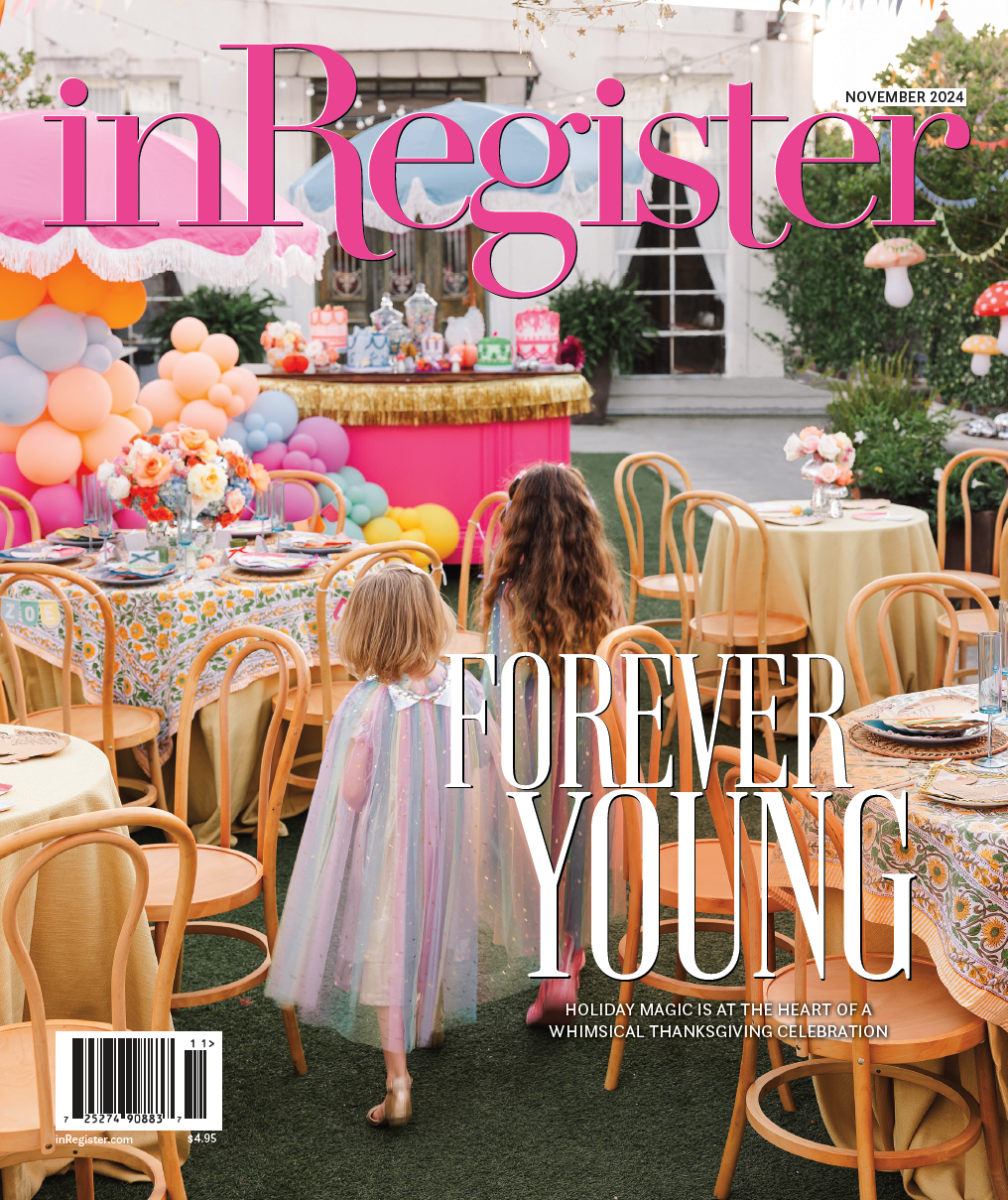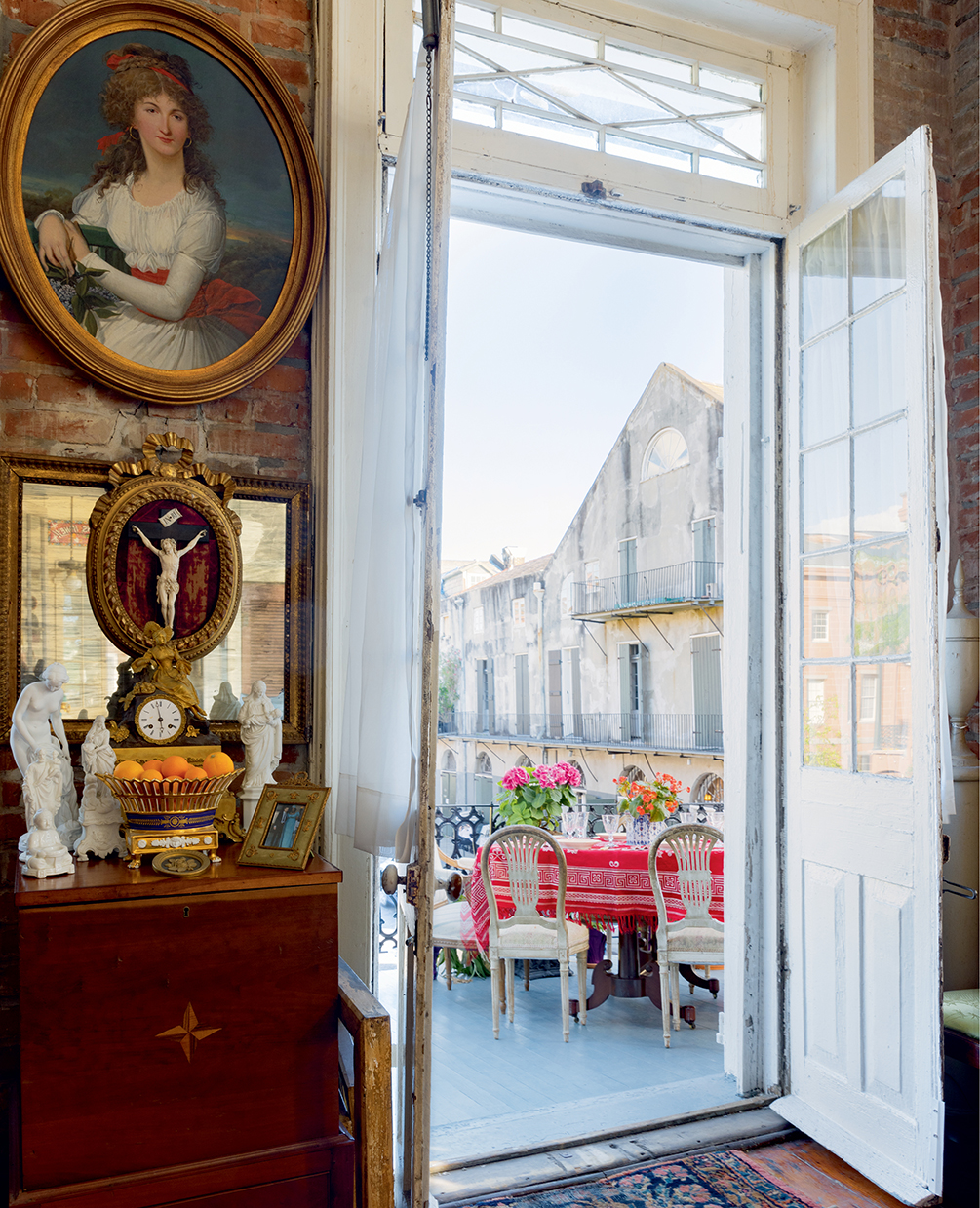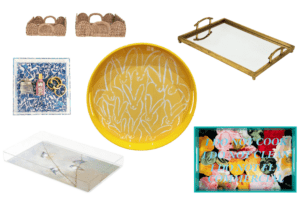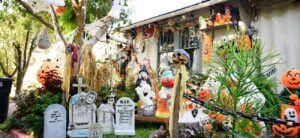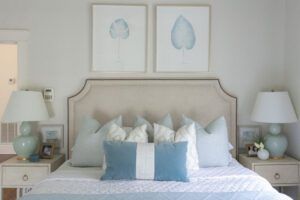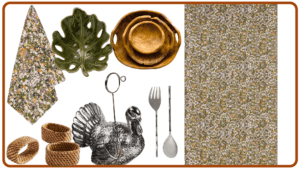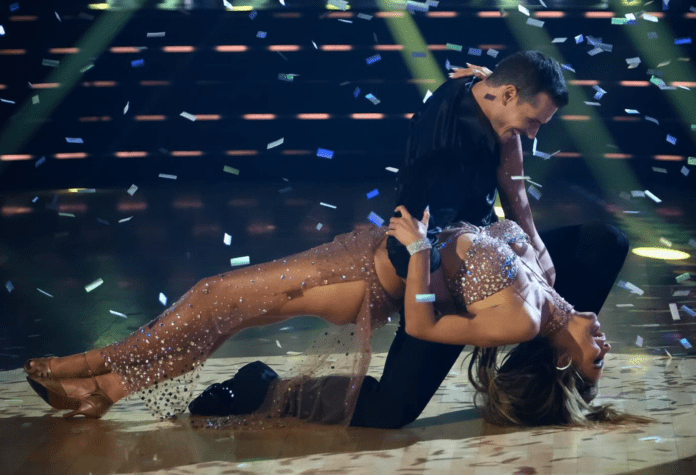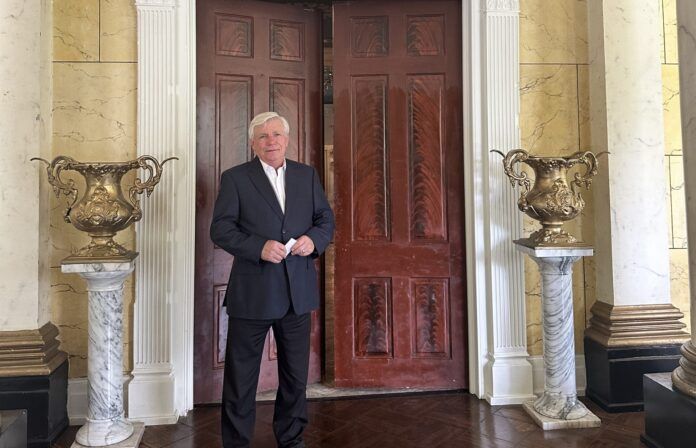Open Book: Inside Valorie Hart and Sara Essex Bradley’s new title, ‘Bohemian Soul’
There is often far more to a home than initially meets the eye, and that holds especially true for the residences of New Orleans. Author Valorie Hart and photographer Sara Essex Bradley reveal these hidden and noteworthy layers in their new book, Bohemian Soul: The Vanishing Interiors of New Orleans.
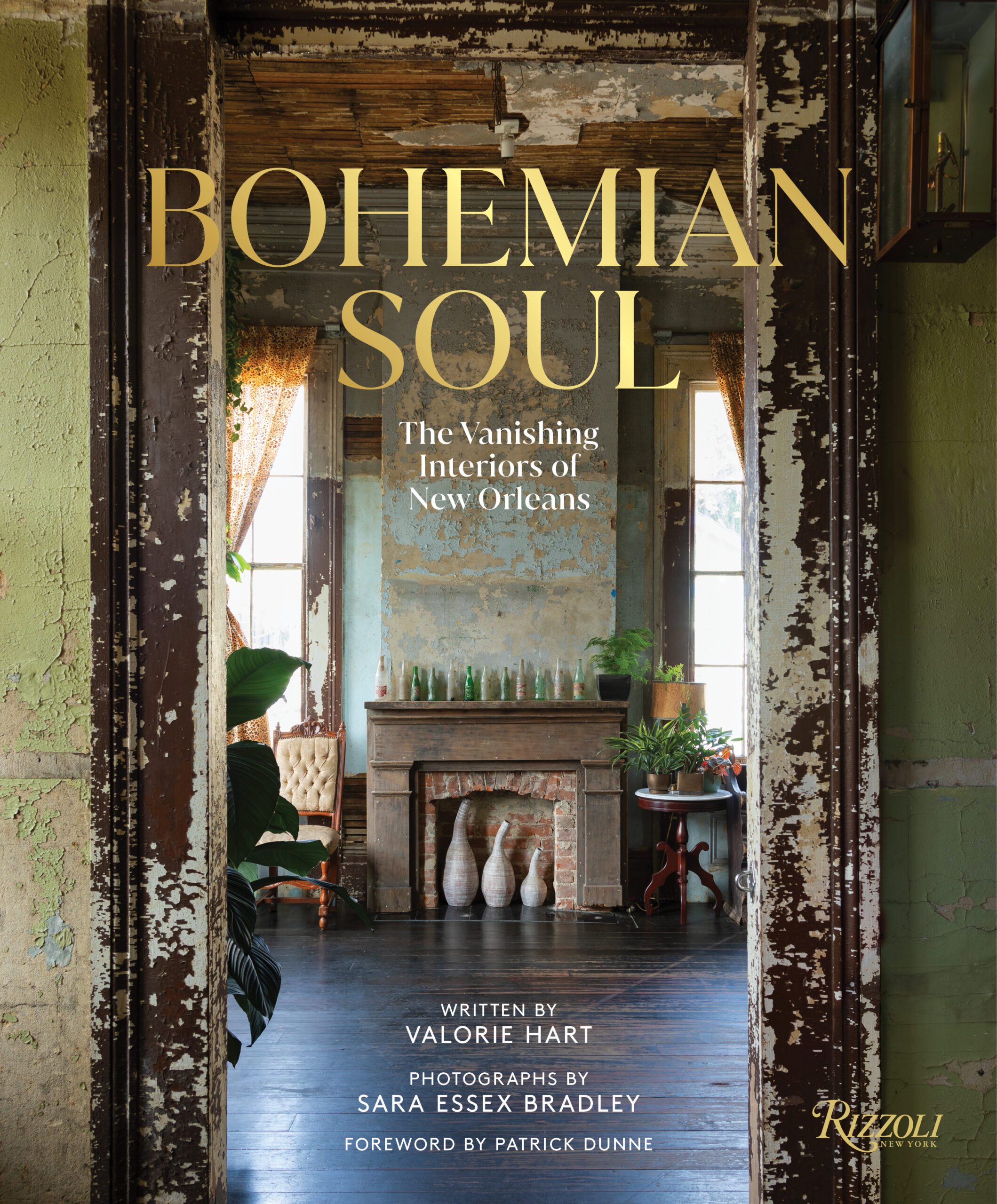 Diving into eclectic abodes across the city, the title is a nod to what makes the Big Easy so special. Bohemian Soul provides more than home design inspiration, offering a sort-of historical archive by documenting New Orleans during a certain time.
Diving into eclectic abodes across the city, the title is a nod to what makes the Big Easy so special. Bohemian Soul provides more than home design inspiration, offering a sort-of historical archive by documenting New Orleans during a certain time.
Read on for an in-depth Q&A with Bradley about the behind-the-scenes of creating this new coffee table book.
How did the idea for this book come about?
Valorie and I have collaborated on photo shoots for about 15 years, with me shooting and Valorie styling and writing the stories. We realized we were both attracted to the houses that were less “interior decorated,” and more collected and personal, artistic and often a little odd. We also realized that New Orleans is a haven for the type of people who like to live this way, thus bohemian souls.
What was the process of creating the book like?
We started with a list of definites: Patrick Dunne of Lucullus Antiques, the it-boy artist Andrew Lamar Hopkins, Stephen Sonnier of Dunn and Sonnier flowers and antiques, developer Pres Kabacoff and Voodoo Queen Sallie Ann Glassman, to name a few notables. I like to think of it like this: You know sometimes you’re walking in an interesting neighborhood, and you see someone, maybe a little odd or flamboyant or compelling come out of the house for a minute, and they leave the door open, and you get a peek inside and you think, “What’s that house like? Who is that?” This book gives you a look inside some of those houses.
How did y’all select which pictures would be featured?
How do you envision this book being used as home décor and what makes it unique?
It’s not like you can “shop the book,” but hopefully, it will inspire people to cultivate their bohemian soul, whichever house resonates with them the most. I think it’s unique in that it lies between the typical décor book, an art book, and a historical archive. I don’t think this book will look dated in 10 to 20 years from now.
For more information on Bohemian Soul, visit rizzoliusa.com.

